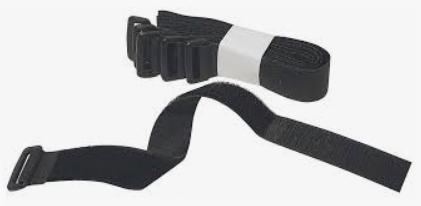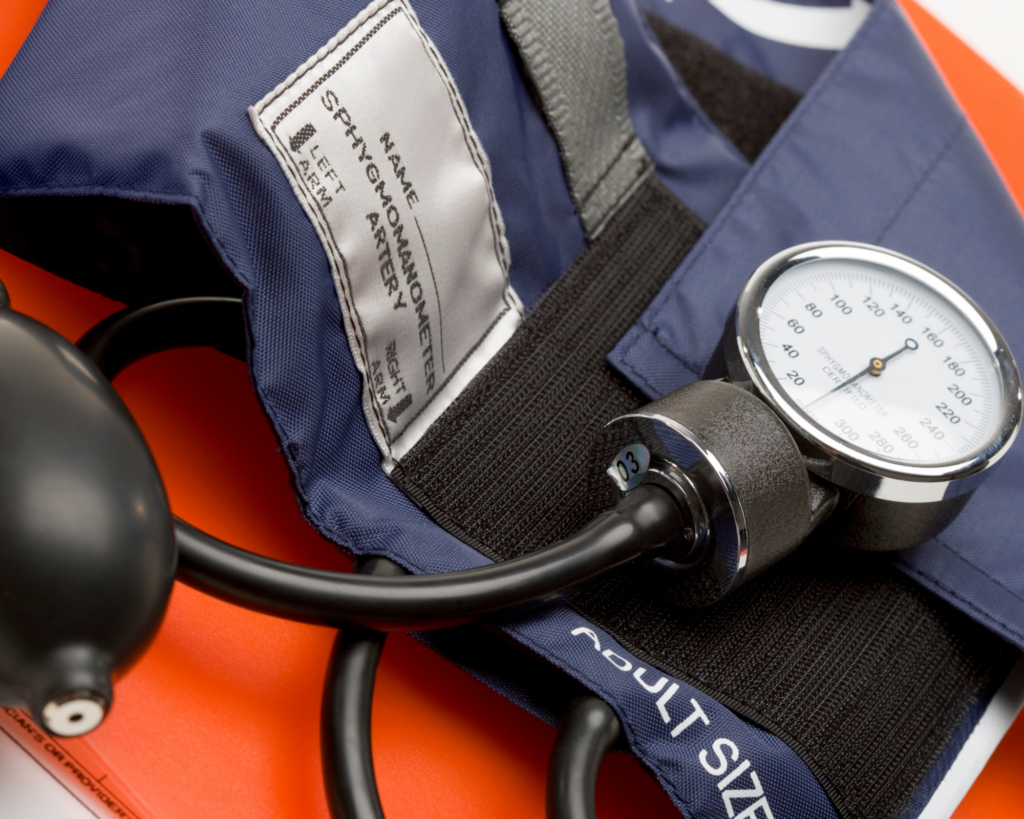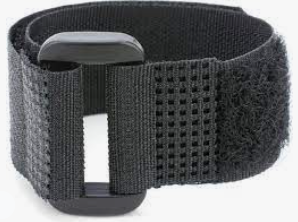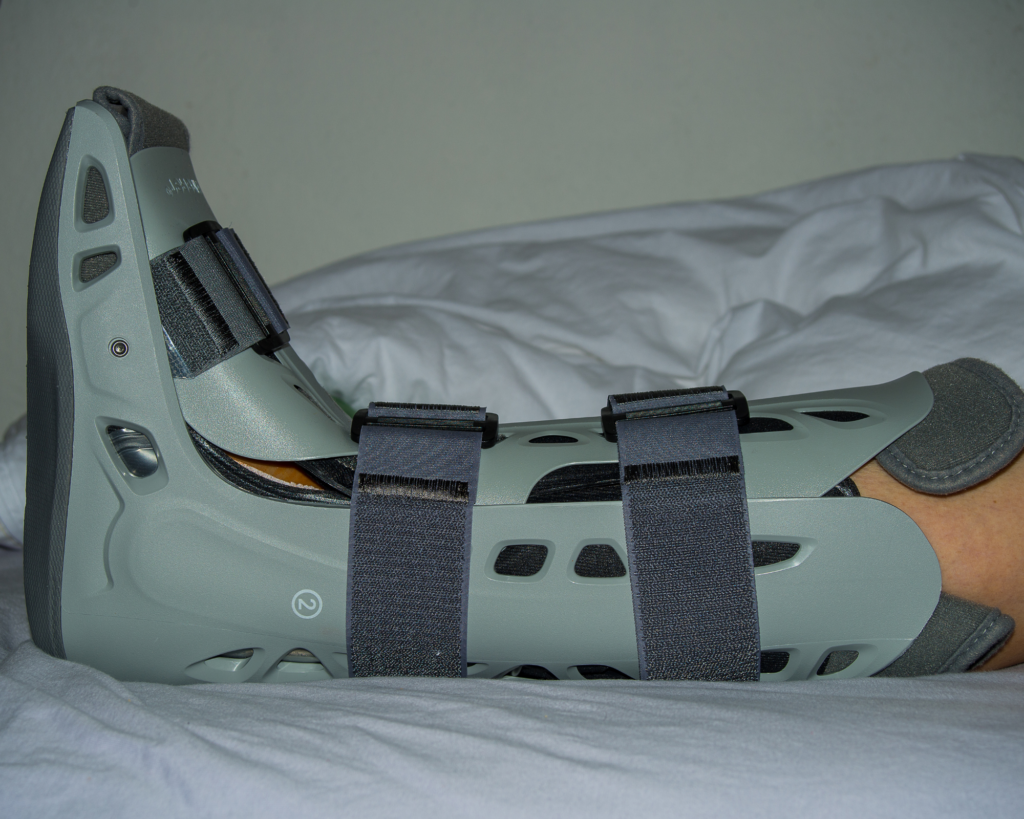Welding YKK® fasteners to other materials depends on the material compatibility, the method used to weld them together, size of the weld, and the application.
The two most popular methods to weld fasteners and fabrics together are Radio Frequency (RF) and Ultrasonic welding. They both rely on heat and pressure to create the bonds but go about it in slightly different ways.
Ultrasonic welding creates heat the old-fashioned way. It uses a tool to apply pressure between two sheets of material, and then rubs them together fast (hence “ultra” and “sonic”) to create friction. That friction creates the heat that fuses the two pieces of material together.
Radio Frequency (RF) welding is a little more scientific. Like ultrasonic welding, pressure is applied between two sheets by a die. Instead of creating heat through friction, radio waves are sent through the die and into the material. The waves cause the molecules in the material to vibrate, creating heat. The heat then fuses the two sheets together.
So, in summary, the difference between Ultrasonic vs. Radio Frequency welding is the heat mechanism. Ultrasonic welding creates heat through friction, and RF welding creates heat by moving molecules.
But when it comes to material choices, weld sizes, and tooling specifications, these techniques are clearly different enough from each other that they may be used for different applications.
Compatible materials:
Ultrasonic welding is typically used to weld similar thermoplastics that create friction. Examples include YKK® nylon hook to YKK® nylon loop, or YKK® polyester zipper to a polyester fabric.
RF welding is most often used to weld vinyl-based (PVC) materials and polyurethane (PU) laminated materials. Some vendors claim varying levels of comfort in welding other materials like PE (polyethene), CPE (chlorinated polyethylene), EVA (ethylene vinyl acetate, TPU (thermoplastic polyurethane).
Examples include YKK vinyl (PVC) hook to a nylon or polyester knit laminated in the back with vinyl or polyethylene resin.
Weld size ranges:
Ultrasonic welding is relatively limited in the size of welds it can create due to equipment restrictions. Typically, it produces welds that are 3 inches or smaller.
RF welding can produce welds in a relatively broad range of sizes. It can create welds that are less than 1 inch in length or welds that are several feet in length.
While the above differences make ultrasonic welding and RF welding suitable for different applications, they are used within some of the same industries. Ultrasonic welding is commonly used in the following industries: appliances, automotive, electronics, medical, packaging, textiles, and toys. RF welding is frequently used in the following industries: automotive, aviation, construction, medical, military, packaging, recreation, and transportation.
Hook and Loop Guideline for Weldable Products
“YKK” is a registered trademark of YKK Corporation in Japan and other countries/regions.
©2022 YKK Corporation of America. All rights reserved.





